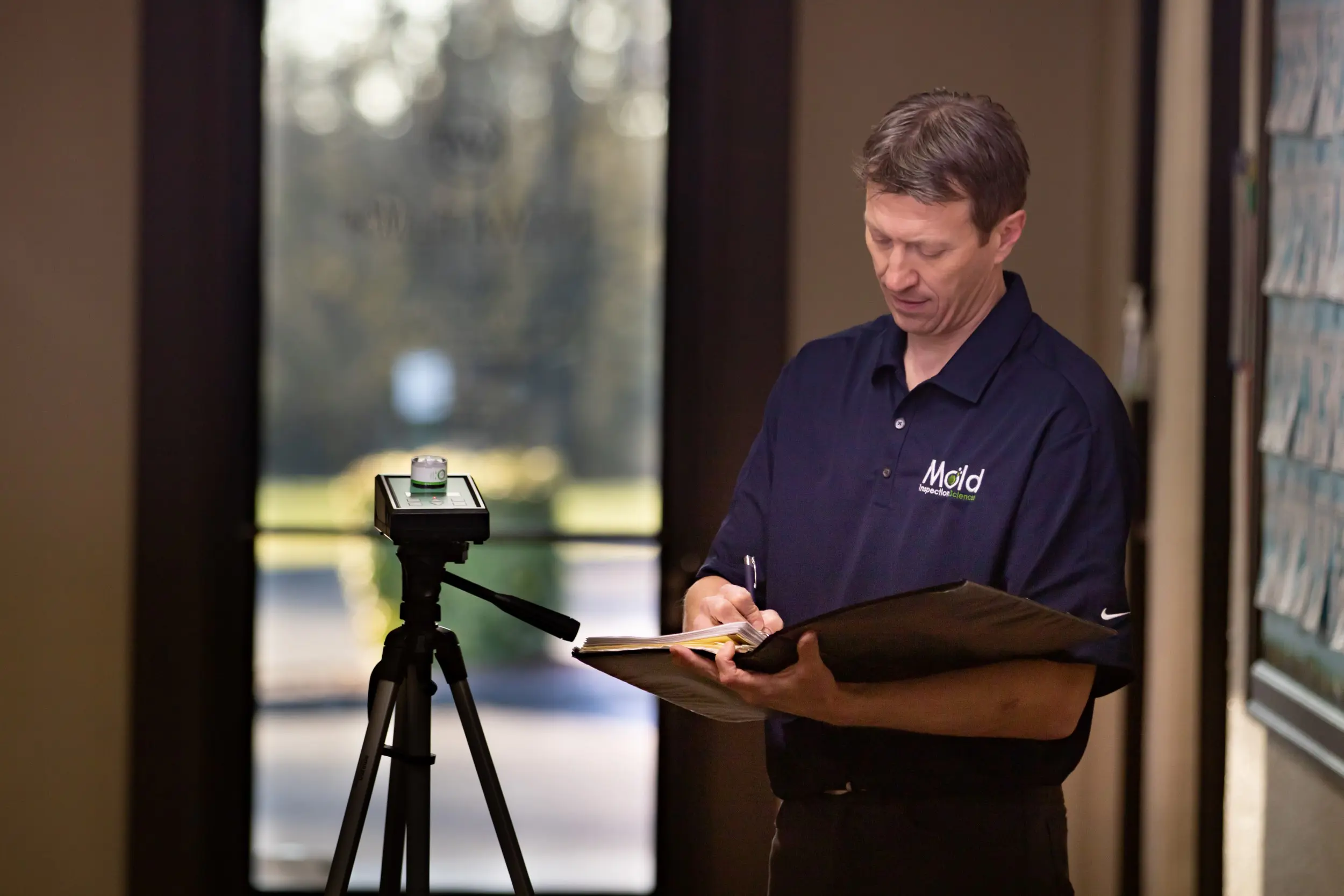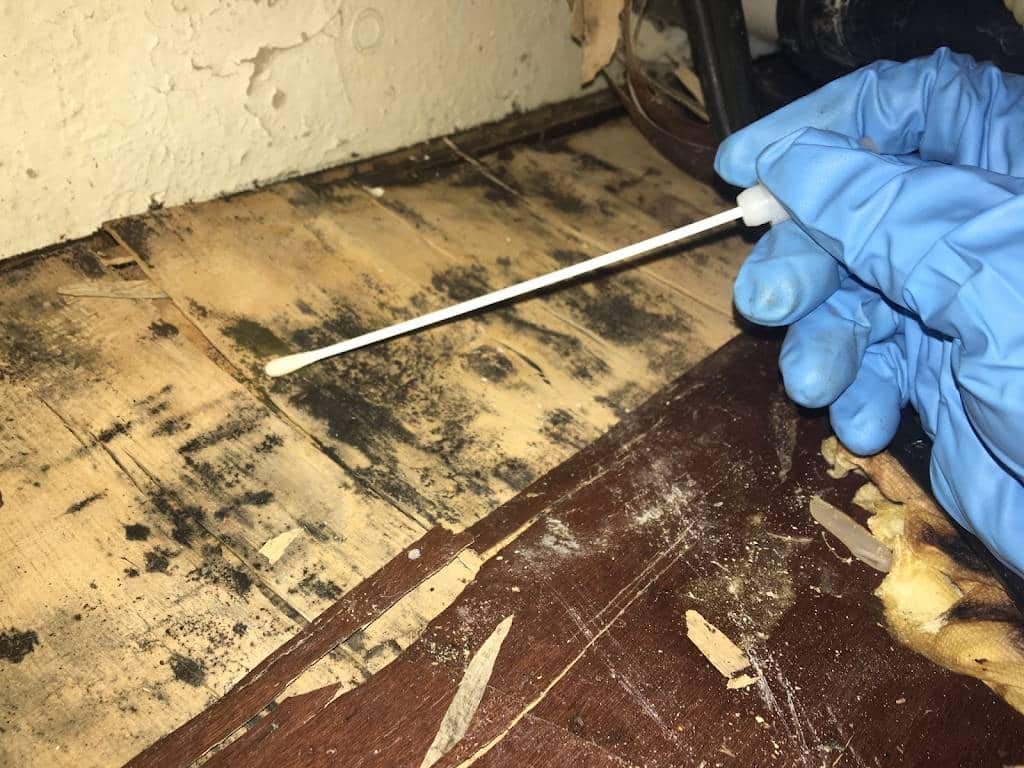Expert Tips for Article Mold Removal Success
In the realm of mold and mildew remediation, efficiently eliminating mold and mildew is only half the fight; truth obstacle depends on preventing its reappearance. Post-remediation efforts play a critical function in guaranteeing a mold-free environment in the lengthy term. By sticking to skilled ideas and ideal techniques, people can guard their spaces versus mold and mildew renewal and keep a healthy indoor atmosphere. It is in this phase of the remediation process that attention to information and positive actions really make a difference.
Screen Moisture Degrees Routinely
After completing mold removal procedures, keeping ideal moisture degrees is vital to avoid mold re-growth and guarantee a healthy and balanced interior environment. High moisture levels above 60% produce a helpful environment for mold and mildew to flourish, making regular monitoring a positive measure to prevent any future mold issues.
In addition, establishing a routine timetable for humidity checks, especially in risky areas such as shower rooms, cooking areas, and basements, is a proactive approach to mold prevention. By consistently keeping track of moisture levels, building proprietors can successfully alleviate the risk of mold and mildew reoccurrence and keep a healthy indoor setting post-remediation.
Conduct Thorough Inspections Post-Remediation
Adhering to the conclusion of mold and mildew remediation procedures, it is imperative to perform extensive examinations to confirm the effectiveness of the remediation procedure. These post-remediation assessments are important in making certain that the mold and mildew concern has been efficiently attended to which there is no reoccurrence or staying mold growth. Examinations must be executed by certified experts who have expertise in recognizing mold and assessing interior air quality.
During these assessments, numerous methods such as aesthetic analyses, air tasting, and surface area sampling may be used to extensively assess the remediated locations. Visual assessments involve a comprehensive assessment of the properties to look for any kind of visible indicators of mold and mildew development or water damage. Air tasting helps in establishing the air-borne mold spore levels, while surface area sampling can spot mold and mildew bits on surface areas.
Implement Correct Ventilation Strategies
After ensuring the performance of the mold remediation procedure with extensive assessments, the following vital action is to concentrate on applying appropriate ventilation strategies. Adequate air flow is vital in protecting against mold and mildew reoccurrence by regulating wetness degrees and advertising air blood circulation. To attain this, it is recommended to utilize exhaust followers in areas susceptible to high moisture, such as restrooms and cooking areas. Additionally, opening doors and home windows when weather condition permits can help enhance air movement and decrease moisture accumulation. Air dehumidifiers and cleansers are also valuable devices in preserving ideal interior air top quality.
Appropriate ventilation not just aids in protecting against mold and mildew growth but additionally adds to the total wellness and comfort of passengers. By ensuring appropriate air flow throughout the home, you can decrease the threat of mold regrowth and create a healthier living environment.

Usage Mold-Resistant Products for Repair Works
To enhance the long-term efficiency of mold removal efforts, incorporating mold-resistant materials for repairs is crucial in mitigating the view it now threat of future mold development. Mold-resistant materials are created to hold up against moisture and inhibit mold and mildew growth, making them a necessary choice for areas vulnerable to dampness and humidity. When fixing locations influenced by mold and mildew, utilizing materials such as mold-resistant drywall, mold-resistant paints, and mold-resistant caulking can assist stop mold reoccurrence.
Mold-resistant drywall is an exceptional alternative to conventional drywall in locations like restrooms and basements where wetness levels are greater. When revealed to damp conditions, this kind of drywall has a special covering that withstands mold and mildew development also. In addition, making use of mold-resistant paints having antimicrobial agents can further inhibit mold advancement on ceilings and wall surfaces.
In locations where moisture prevails, such as bathroom and kitchens, using mold-resistant caulking around bathtubs, home windows, and sinks can assist seal out water and stop mold and mildew from taking hold in splits and holes. By investing in these mold-resistant products during repair services post-remediation, you can dramatically minimize the possibility of future mold problems and maintain a healthier interior environment.
Maintain Tidiness and Address Water Issues
Making sure tidiness and promptly dealing with water problems are fundamental techniques to maintain in protecting indoor spaces from mold reinfestation. After mold removal, it is vital to preserve a tidy atmosphere to stop the regrowth of mold and mildew (testing air quality after mold remediation). Regular cleaning, cleaning, and vacuuming can aid eliminate any kind of lingering mold and mildew spores and stop them from settling and multiplying. Additionally, maintaining interior spaces completely dry and addressing any type of water concerns quickly is essential in mold avoidance. Leakages, water intrusion, or high moisture levels can produce the perfect breeding place for mold and mildew, so it is vital to repair any kind of water-related problems quickly.
To maintain cleanliness, consider utilizing HEPA filters in vacuum cleaners and air purifiers to trap mold spores and prevent their flow in the air. Additionally, making certain proper ventilation in locations prone to moisture buildup, such as kitchen areas and restrooms, can aid maintain moisture degrees in check. By staying watchful about sanitation and resolving water concerns immediately, you can successfully stop mold and mildew reinfestation and keep a healthy and balanced indoor environment.
Conclusion

In the realm of mold remediation, efficiently eradicating mold this contact form is just half the fight; the real challenge lies in stopping its reappearance. After finishing mold and mildew removal procedures, maintaining optimal humidity levels is critical to prevent mold re-growth and guarantee a healthy and balanced indoor atmosphere. High moisture levels above 60% produce a favorable atmosphere for mold to flourish, making routine keeping an eye on an aggressive measure to avoid any type of future mold problems.
To improve the long-term performance of mold removal efforts, integrating mold-resistant materials for repair services is critical in mitigating the risk of future mold development. After mold and mildew removal, it is critical to keep a tidy setting to stop the regrowth of mold and mildew.